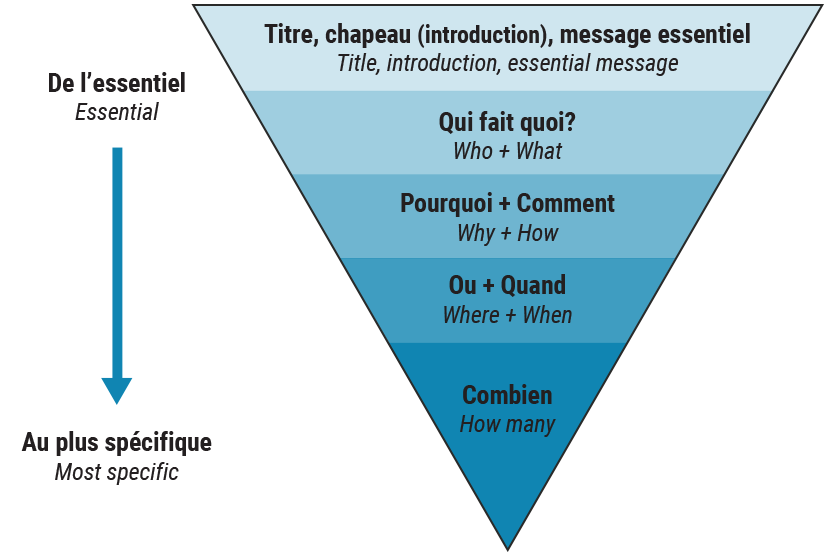
By Mélissa Toutant, marketing coordinator
A blog article is more than just a text. It carries many purposes, such as keywords to improve SEO, means of reputation and sales of product and services. Before you start creating a blog article, there are some important rules to consider. Prepare yourself with a good dose of inspiration and these 5 strategies to help you write a relevant article.
Before you even start typing, you need to know the site’s goals and objectives from this article. Is it to create sells? To promote a service? Is it meant to change the viewers behaviour? Different goals can affect the type of blog posts you write. Therefore, it is important to acquire the answers to guide your writing properly.
The persona (the target audience) is of utmost importance. You ALWAYS need to write an article based on who will be reading it. You need to recognize their behaviours, needs and expectations so that they get they’re answers from the way that you organize and explain your content.
The persona is a great representation of your typical client. It is designed to allow you to determine the psychological and demographical profile of the client (gender, age, occupation, education, location, etc.), your web habits, your questions and much more. Knowing as much information on the subject as you can will help align the text with its purpose.
Once a subject is determined, it’s time to search the corners of the internet for information. Prioritize your content from the main subject to the more specific details. It will appear in the mode of an inverted pyramid (also known as the funnel), which will allow you to capture the interest of the readers right at the start. Therefore, it is necessary to spend more time on your introduction to ensure it contains information that will engage and entice the reader to continue reading.
Now is when it is time to start putting your ideas into writing. A blog article can vary in terms of the amount of words. Some go with short, 400 words articles while others prefer in depth, 1000 words articles. It’s up to you to figure out which works better with the goal, persona and subject. As a general rule of thumb, a webpage should contain a minimum of 350 words to be considered by Google robots.
A blog article is not a thesis! The text must be lively and catchy. A reader on a webpage is much less attentive than a reader reading a book. To help you, here are the golden rules of web writing to adopt:
The first thing covered needs to be what the reader is searching for. Write using the inverted pyramid which provides essential information first, followed by the 5 W’s,

One of the most essential steps, revising your text. No need to say that it will definitely lose value if its plagued with mistakes or disorganization.
Here are 5 effective proofreading strategies for locating grammar, spelling and punctuation errors:
These correction strategies will allow you to improve the meaning, style and spelling. It’s certain that re-reading your article will only ever make it better.
The main obligation of a web editor is to integrate keywords and their synonyms strategically into the text. This is how search engines realize and consider your article and what position it takes in the search results. This will improve your SEO.
All in all, a good blog article will have to be read by your target and found in the search engines, meaning, always focus on quality rather than quantity! If web writing isn’t your fresh cup of morning tea, then doing business with professional web editors could be very beneficial to your business. At Adeo Marketing, our editors are trained to write for your target audience and to highlight your business. Contact us for a free quote today!